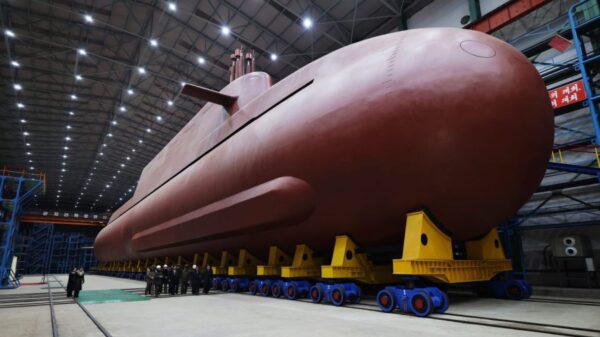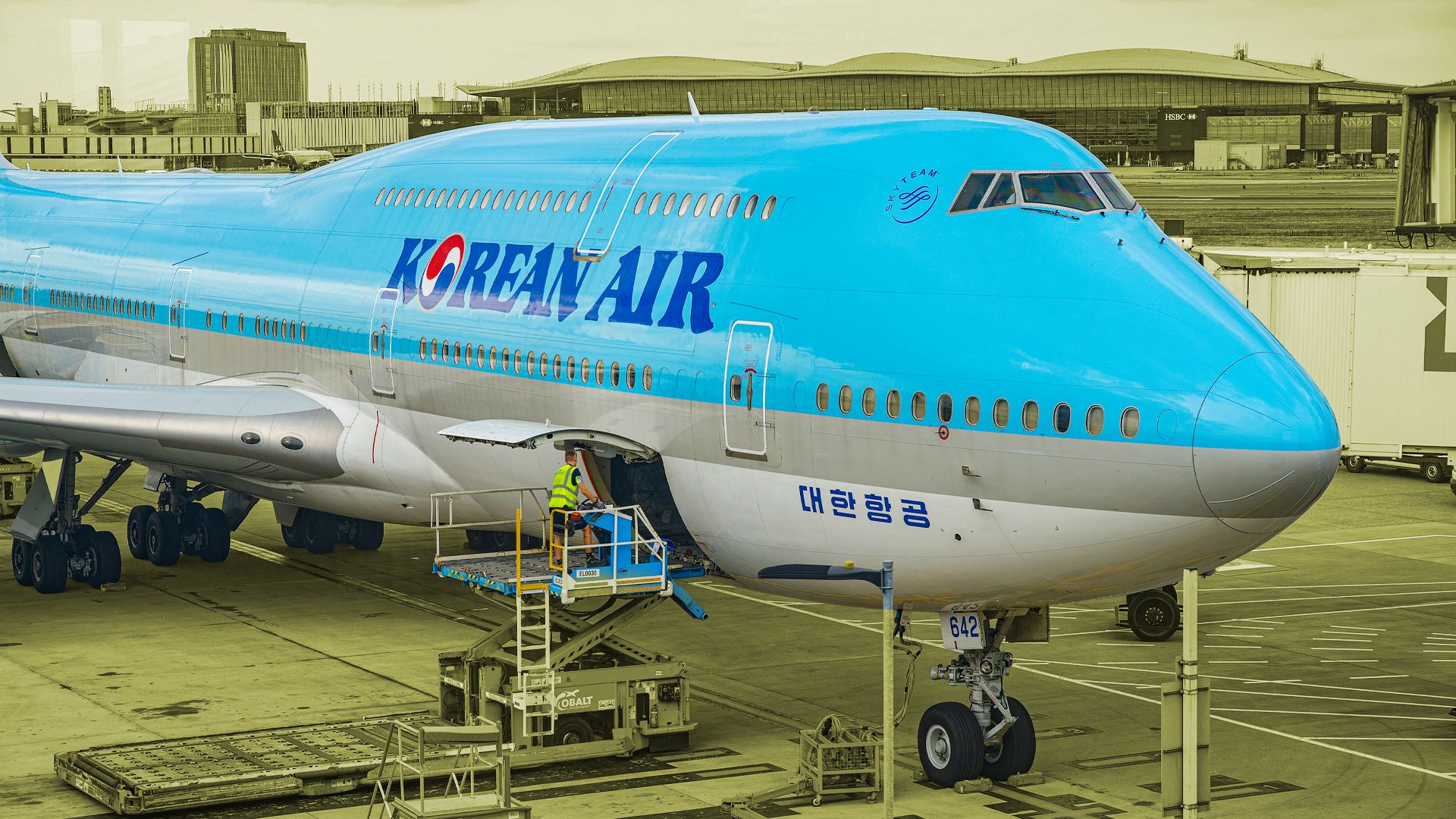The Boeing 747-8, the final iteration of the iconic 747 series, marks its 20th anniversary since its launch in 2005. As a significant competitor to the Airbus A380, this aircraft has played a crucial role in the aviation industry, serving both passenger and cargo markets. Despite a decline in passenger operations over recent years, the 747-8 continues to operate successfully, with a notable presence among several airlines worldwide.
The 747-8 Program Overview
Launched as a response to the Airbus A380, the Boeing 747-8 program produced the largest variant in the 747 family. The 747-8 Intercontinental (747-8I) had its maiden flight on March 20, 2011, and entered commercial service with Lufthansa in 2012. Although the program experienced initial delays, it gained momentum through the introduction of the freighter version, the 747-8F, which proved more popular among cargo airlines.
The last passenger model was delivered to Korean Air in 2017, while the freighter variant saw its final delivery to Atlas Air in January 2023, effectively concluding the 747-8 program and the entire 747 family.
Current Operators of the 747-8
The passenger variant of the 747-8 has seen orders from only three airlines, according to data from ch-aviation. Lufthansa, Air China, and Korean Air collectively ordered 31 aircraft, of which 27 remain active today. Lufthansa stands out as the largest operator, utilizing its 747-8 fleet for long-haul routes to destinations such as Los Angeles, Tokyo, and Mexico City.
The breakdown of active and inactive aircraft among these operators is as follows:
– Lufthansa: 17 active, 2 inactive (Total: 19)
– Air China: 6 active, 1 inactive (Total: 7)
– Korean Air: 4 active, 1 inactive (Total: 5)
In contrast, the freighter variant has gained significant traction, with orders from ten cargo operators totaling 107 aircraft. The largest operator, UPS Airlines, currently operates 29 of these aircraft, highlighting the 747-8F’s popularity in the cargo sector.
Despite the operational challenges faced by some operators, such as AirBridgeCargo, which suspended operations due to sanctions against Russia, the overall longevity of cargo aircraft remains high. The 747-8F is expected to remain in service for many years, especially as many older passenger versions are converted for cargo use.
The differences in production numbers between the passenger and freighter versions are notable. While the 747-8 had just over 140 units manufactured, the earlier 747-400 variant saw nearly 700 deliveries between 1989 and 2009, showcasing the 747-400’s popularity.
Comparative figures reveal that the 747-8 boasts a higher capacity than the 747-400, accommodating 467 passengers in a three-class setup versus the 416 of the older model. Additionally, the operational range of the 747-8 extends to 7,073 nautical miles compared to 6,567 nautical miles for the 747-400, providing airlines with enhanced capabilities.
As airlines increasingly opt for efficient twin-engine models, the question arises about the successor to the 747-8. Currently, the Airbus A350-1000 serves as a potential alternative, offering seating for up to 400 passengers and leveraging advanced technologies for enhanced operational efficiency. Moreover, the Boeing 777-9, part of the 777X program, is anticipated to fill this gap, although it faces delays in certification and commercial availability.
With the aviation industry adapting to changing demands, the future of the Boeing 747-8 is uncertain. Nevertheless, its legacy as the “Queen of the Skies” endures, with significant operational roles expected to continue for years to come.








































































